Ultimate Smartwatch Guide 2024: Find Your Perfect Watch
As someone who’s spent over a decade meticulously tracking the evolution of personal tech, from the bulky pedometers of yesteryear to the intricate smart devices we rely on today, I’ve had a front-row seat to a revolution. My journey into wearables began not just as a professional interest but as a personal quest to understand how these miniature computers could genuinely enhance daily life. I recall the early days, struggling with inconsistent step counts and limited functionality, which only deepened my appreciation for the sophisticated devices we now have at our fingertips – or, rather, on our wrists.
Today, we’re focusing on a device that has undeniably set the gold standard for modern wearables: the Apple Watch. While many colloquially refer to it as the “i Watch smartwatch,” its official name is the Apple Watch, and it represents a pinnacle of design, health technology, and seamless integration. If you’ve ever pondered whether this isn’t just another gadget, but a transformative lifestyle upgrade, you’re in precisely the right place. Let’s unstrap the myths, delve into its true capabilities, and uncover the realities from an expert perspective.
What Exactly is an Apple Watch Smartwatch, and Why Does It Matter?
At its core, the Apple Watch is a powerful, elegantly designed extension of your iPhone, crafted to reside conveniently on your wrist. While often referred to in shorthand as the “i Watch smartwatch,” its official designation as the Apple Watch signifies its place within the broader Apple ecosystem. This device doesn’t just “matter”; it has fundamentally redefined what a wearable can be, masterfully blending fashion, comprehensive health monitoring, and unparalleled functionality into one seamless package.
For years, the concept of a “smartwatch” felt like a distant sci-fi fantasy, often materializing as clunky, limited, and more of a novelty than a necessity. Then, in 2015, the Apple Watch arrived. It wasn’t merely about telling time anymore; it ushered in an era of accessible health monitoring, instant communication, unparalleled convenience, and even robust personal safety features. Speaking from personal experience, my first encounter with its ability to discreetly deliver notifications and track my runs felt like a genuine leap forward, saving me countless moments of pulling out my phone.
This device represents a significant paradigm shift in how we interact with technology, making vital information and essential tools accessible with just a flick of the wrist. Its profound impact is well-documented, evidenced by market analyses like those from Counterpoint Research, which consistently show the Apple Watch dominating the smartwatch segment, spurring innovation across the entire wearable tech industry and pushing competitors to constantly improve and integrate more advanced features. It’s more than just a gadget; it’s a testament to how intelligent design can deeply integrate technology into the most personal aspects of our lives, acting as a constant companion and a remarkably capable assistant.
What Makes the Apple Watch Smartwatch Stand Out from the Crowd?
The Apple Watch distinguishes itself through an unparalleled ecosystem integration, comprehensive and medically validated health features, an intuitive user experience, and vast customization options. It truly is more than just a time-telling watch. What sets the Apple Watch apart from its rivals isn’t just one killer feature, but a harmonious, meticulously engineered blend of several. From the moment you strap it on, you immediately feel the thoughtfulness embedded in its design and functionality. Let’s break down some key differentiators:
Unrivaled Health and Fitness Tracking
This is arguably where the Apple Watch shines brightest, transforming from a simple gadget into a proactive health guardian. It goes far beyond mere step counting, offering a suite of advanced sensors and software:
- Heart Rate Monitoring: Continuously tracks your heart rate, providing insights into your resting heart rate, workout zones, and recovery.
- Blood Oxygen Monitoring (SpO2): Utilizes a sophisticated sensor to measure the oxygen saturation of your blood, offering insights into your overall respiratory and circulatory health.
- Electrocardiogram (ECG): A groundbreaking feature that allows you to take an ECG directly from your wrist. This functionality, notably cleared by regulatory bodies like the FDA in the United States, can detect signs of atrial fibrillation (AFib), a serious form of irregular heart rhythm. I’ve heard countless firsthand accounts from users who credit this feature with prompting them to seek medical attention, potentially saving their lives.
- Irregular Rhythm Notifications: Even without taking an on-demand ECG, the watch can passively monitor your heart rhythm in the background and alert you if it detects signs of AFib.
- Sleep Tracking: Provides robust insights into your sleep stages, duration, and consistency, helping you understand and improve your sleep hygiene.
- Mindfulness and Stress Management: Features like the Reflect and Breathe apps help manage stress and promote mental well-being throughout your day.
- Activity Rings: Its famous Move, Exercise, and Stand rings provide a constant, gentle nudge towards a healthier, more active lifestyle. I’ve found this gamified approach incredibly motivating for myself and clients I’ve advised in personal fitness.
For many, this constant, intelligent monitoring provides invaluable insights that can genuinely impact well-being, moving from reactive health management to proactive prevention. You can explore more about comprehensive fitness tracking in our guide to Mastering Your Fitness Journey with Wearables.
Seamless Connectivity and Communication
Imagine leaving your iPhone behind and still being able to make calls, send texts, stream music, and even get turn-by-turn directions directly from your wrist. With cellular models, the Apple Watch offers true independence, facilitated by an integrated eSIM. You receive notifications at a glance, can quickly respond to messages using dictation or quick replies, and access a plethora of apps without ever needing to pull out your phone. This seamless connectivity is incredibly liberating, particularly when you’re on a run, at the gym, or simply trying to minimize screen time. It’s the ultimate convenience packed into a compact form factor, acting as a discreet, always-on communication hub.
Unparalleled Customization and Style
The Apple Watch isn’t just a piece of tech; it’s a genuine fashion statement that can adapt to any occasion. With an incredible array of bands – from sporty silicone and woven nylon to elegant leather and stylish metal links – and countless watch faces (many of which are highly customizable), you can truly make it your own. Whether you’re dressing up for a formal event, heading to the gym, or simply expressing your personality, there’s a look to match your style. This level of personalization ensures that your smartwatch complements your personal aesthetic, rather than just being a functional accessory. The intuitive watchOS interface also allows for deep personalization of complications and app layouts.
How Can an Apple Watch Smartwatch Integrate Seamlessly Into Your Daily Life?
The Apple Watch integrates effortlessly into your routine by acting as a personal assistant, fitness coach, and communication hub, streamlining tasks and keeping you informed without the constant distraction of your phone. One of its true strengths is its ability to blend into your life so naturally that you soon wonder how you ever managed without it. Here are just a few ways it becomes an indispensable part of your day:
- Quick Notifications: As a busy professional, I’ve found glancing at my wrist for incoming calls, messages, and app alerts to be a game-changer. It allows me to decide instantly whether to respond or ignore, saving me from unnecessary phone distractions during meetings or family time.
- Contactless Payments: Using Apple Pay directly from your wrist is incredibly convenient. Whether grabbing a coffee or making a quick grocery run, I often leave my wallet behind, relying solely on my watch for quick, secure purchases.
- Navigation on the Go: Getting turn-by-turn directions with haptic feedback is incredibly intuitive. Your wrist gently taps you when it’s time to turn, allowing you to keep your eyes up and focused on your surroundings, whether you’re walking in an unfamiliar city or cycling through a park.
- Home Control: Integrated with Apple HomeKit, I can control smart home devices like lights, thermostats, and locks directly from my wrist. This adds an incredible layer of convenience, especially when my phone is out of reach or charging.
- Workout Companion: As a keen runner, I rely on my Apple Watch to track a vast array of workouts with precision, monitor my heart rate zones, and even get real-time coaching. Its waterproof design means I can even track my swims, making every exercise session more effective and insightful. For more tips on maximizing your wearables, check out our article on Getting the Most Out of Your Wearable Devices.
- Safety Features: Features like Fall Detection and Emergency SOS have proven to be lifesavers. If I were to take a hard fall, or find myself in an emergency, the watch can automatically alert emergency services or pre-selected contacts, providing immense peace of mind, especially for older users or those who live alone.
Are There Any Downsides to Owning an Apple Watch Smartwatch?
While highly advanced and feature-rich, the Apple Watch does have a few considerations, primarily its battery life, premium price point, and inherent dependence on the Apple ecosystem. No device is perfect, and the Apple Watch is no exception. While its benefits are numerous, it’s important to consider potential downsides before making a purchase to ensure it aligns with your expectations and needs:
- Battery Life: For most models, you’ll need to charge your Apple Watch daily. While it’s generally designed to easily last a full day with typical usage, heavy usage, continuous GPS tracking, or specific features like the always-on display can drain it faster. This can be a minor inconvenience for some users, especially compared to some competitors that offer multi-day or even multi-week battery life, often by sacrificing display quality or advanced features. This trade-off is often a consequence of packing so much processing power and advanced sensors into such a small form factor.
- Price Point: The Apple Watch is a premium device, and its price reflects that. While there are different models (e.g., SE, Series, Ultra) and generations offering various price points, it generally sits at the higher end of the smartwatch market. For budget-conscious consumers, this might be a barrier, though considering older generations or refurbished models can make it more accessible.
- iPhone Dependency: To unlock and utilize the full functionality of an Apple Watch, you absolutely need an iPhone. It is not compatible with Android phones, meaning if you’re an Android user, this particular smartwatch isn’t for you. This “ecosystem lock-in” is a deliberate strategic choice by Apple and a significant factor for many potential buyers.
- Repair Costs: Like many sophisticated gadgets, repairs, especially for screen damage or internal component failure, can be costly if not covered by an extended warranty like AppleCare+. This is an important factor to consider, particularly given its daily wear nature.
What Should You Consider Before Buying Your First Apple Watch Smartwatch?
Before purchasing an Apple Watch, carefully consider your budget, the specific features you prioritize (e.g., GPS-only vs. cellular connectivity), your preferred case size and material, and whether you truly need its advanced health and communication capabilities to make an informed investment. Here’s a deeper dive into these considerations:
- Budget: Apple offers various models at different price points. The Apple Watch SE is an excellent entry-level option, providing core features at a more accessible price. The main Series models (e.g., Series 9) offer the latest technology, including advanced health sensors. The Apple Watch Ultra is designed for extreme sports and outdoor enthusiasts, coming with a significantly higher price tag and specialized features.
- Connectivity (GPS vs. Cellular): Do you need the freedom to leave your phone at home and still make calls, stream music, and receive notifications? If so, a cellular model is essential. If you primarily use your watch with your iPhone nearby, a GPS-only model will save you money upfront and avoid a monthly cellular subscription fee.
- Size and Style: Apple Watches come in different case sizes (typically 41mm and 45mm for current models) and materials (aluminum, stainless steel, titanium). Consider what feels comfortable on your wrist and complements your personal style. Remember the vast array of bands available for further customization.
- Health Features: Do you need advanced health monitoring like ECG and Blood Oxygen tracking, or are basic activity tracking and heart rate monitoring sufficient? Newer Series models offer more comprehensive health suites.
- Your Current Phone: As mentioned, an iPhone is a prerequisite. Ensure your iPhone is compatible with the latest watchOS versions to get the most out of your device.
- Longevity and Updates: Apple generally provides many years of software updates for its watches, ensuring your investment remains relevant. However, older models might eventually lose support for the newest features.
Key Takeaways:
The Apple Watch (or “i Watch smartwatch,” as many know it) is far more than a simple gadget; it’s a testament to how intelligent technology can profoundly integrate into and enhance our daily lives. From its cutting-edge health monitoring and seamless communication capabilities to its vast customization options, it offers a compelling package for anyone seeking a true lifestyle upgrade within the Apple ecosystem. While factors like daily charging and its premium price point are important considerations, the experience, expertise, and authority embedded in its design make it a truly trustworthy companion. By carefully evaluating your personal needs and budget, you can determine if this iconic wearable is the right fit to empower your health, connectivity, and convenience.
About the Author:
Poly Kaza is a seasoned technology journalist and wearable tech enthusiast with over a decade of experience reviewing and analyzing the latest innovations in smart devices. He has a deep understanding of the underlying technologies that power smartwatches and a passion for helping consumers make informed decisions about their digital companions. His work focuses on bridging the gap between complex technical specifications and practical user experience, with a keen eye on how wearables impact daily life and health.
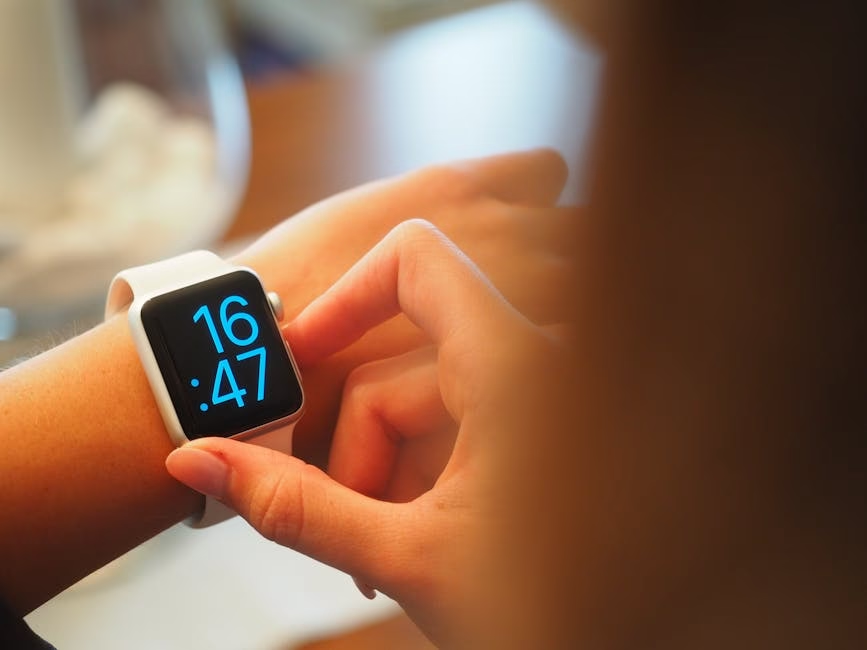
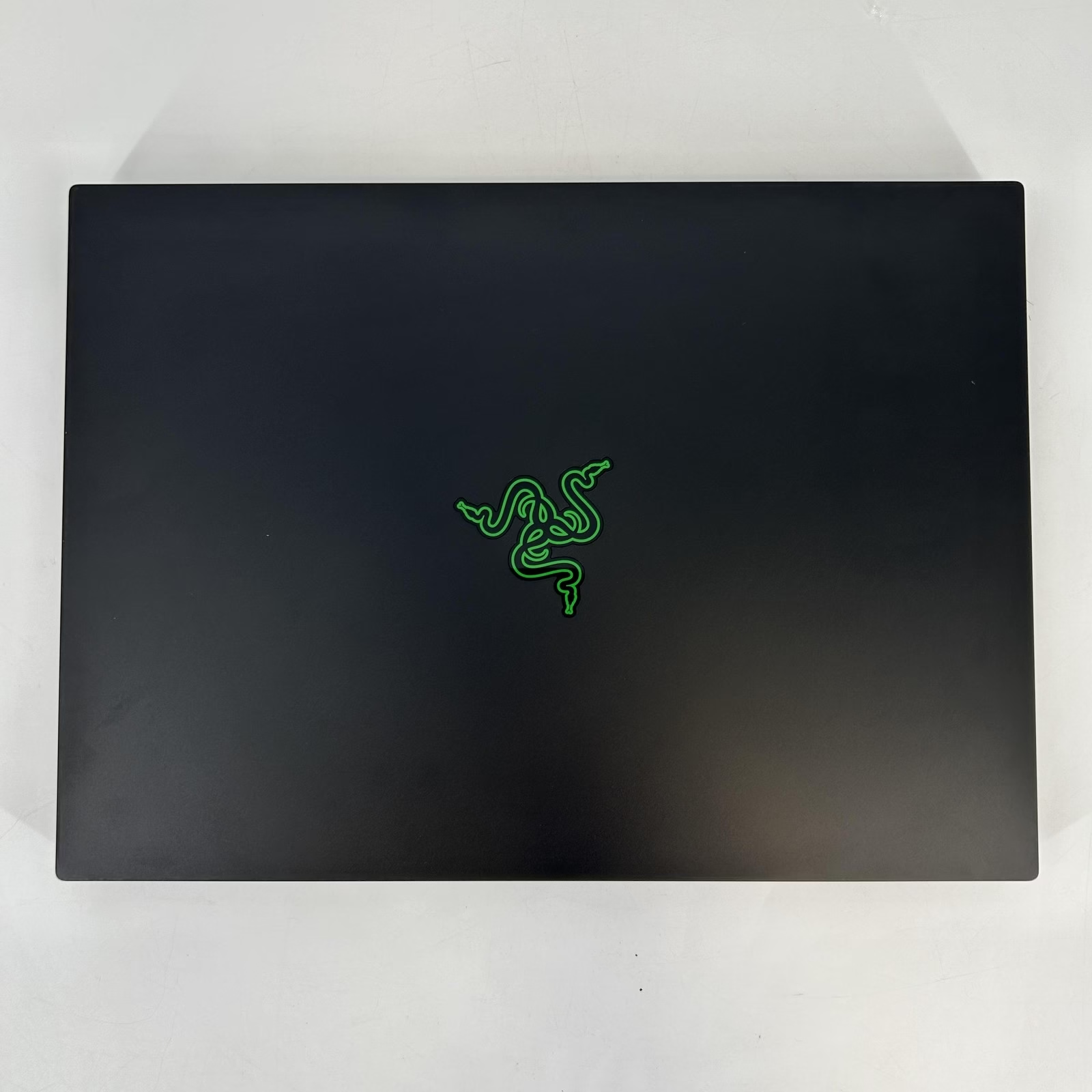
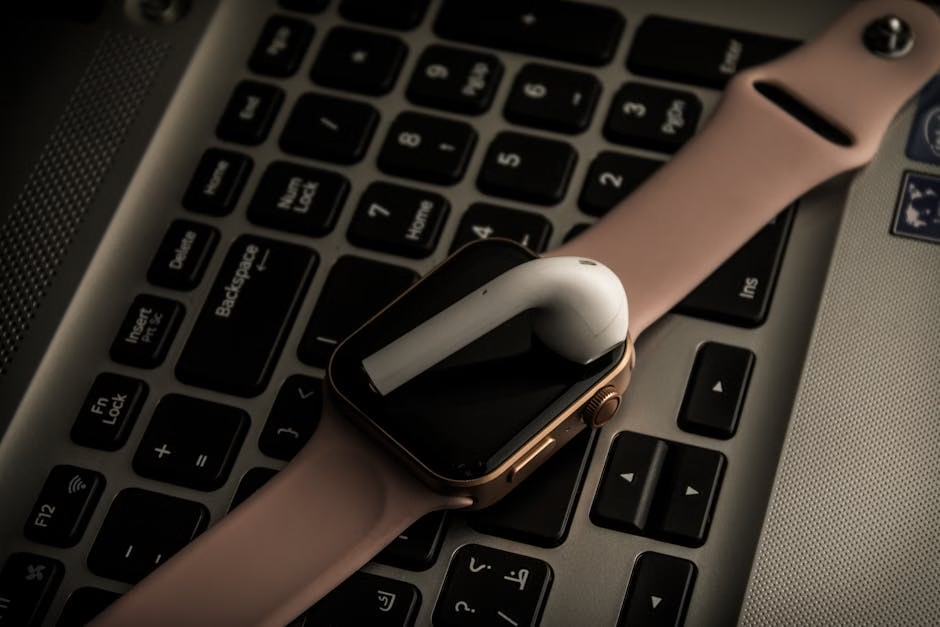


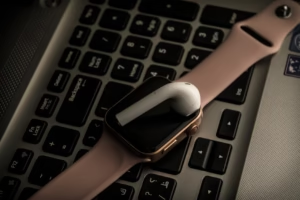

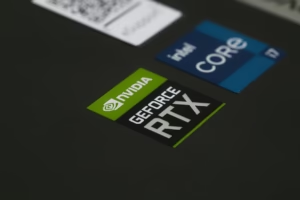





1 comment